In a groundbreaking milestone for autonomous technology, a drone developed by Delft University of Technology’s (TU Delft) Micro Air Vehicle Laboratory (MAVLab) claimed victory at the 2025 A2RL Drone Championship in Abu Dhabi, marking the first time an AI-powered drone has defeated human pilots in an international race. Reaching speeds of 59.5 mph (95.8 km/h) on a challenging track, the drone outperformed three former Drone Champions League (DCL) world champions, relying solely on a single forward-looking camera. This triumph, driven by innovative deep neural networks, signals a leap forward in physical AI and its potential to reshape industries far beyond drone racing.
A New Era for Autonomous Drone Flight
The A2RL Drone Championship, held on April 14, 2025, aimed to push the boundaries of physical AI under extreme conditions, challenging teams to navigate drones with limited computational power and sensory input. Unlike previous autonomous races, which often relied on multiple sensors, the TU Delft drone operated with a single camera, mimicking the first-person view (FPV) perspective of human pilots. This constraint introduced significant perception challenges, requiring the AI to process visual data in real time to execute high-speed maneuvers.
The MAVLab team, led by Christophe De Wagter, developed an AI system that directly commanded the drone’s motors, bypassing traditional control interfaces.
“I always wondered when AI would be able to compete with human drone racing pilots in real competitions,” De Wagter said. “I’m extremely proud of the team that we were able to make it happen already this year.”
Technical Innovation: Guidance and Control Nets
At the core of the drone’s success lies a deep neural network, dubbed “Guidance and Control Nets,” initially conceptualized by the European Space Agency’s (ESA) Advanced Concepts Team. Traditional control algorithms, often computationally intensive, are impractical for resource-constrained systems like drones. ESA’s breakthrough demonstrated that neural networks could replicate these algorithms’ outcomes while requiring significantly less processing power.
TU Delft’s MAVLab adapted this technology, training the network through reinforcement learning—a trial-and-error method that optimizes performance by simulating countless scenarios. This approach enabled the drone to approach its physical limits, achieving precise control at high speeds. The team’s AI processed visual inputs from the camera to navigate gates on the winding track, reaching a top speed of 59.5 mph (95.8 km/h) while maintaining stability and avoiding collisions.
The collaboration with ESA proved critical. Testing neural networks in space hardware is challenging, so ESA partnered with MAVLab to validate the technology in real-world conditions. The A2RL victory underscores the potential of this synergy, demonstrating that lightweight, efficient AI can perform under extreme constraints.
Drone Industry Context and Broader Implications
The TU Delft drone’s victory extends beyond the racetrack, offering insights into the future of autonomous systems. Drone racing serves as a high-stakes testing ground for AI, where split-second decisions and resource efficiency are paramount. The MAVLab’s success highlights the viability of deep neural networks in applications requiring real-time processing, such as autonomous vehicles, delivery drones, and humanoid robots.
De Wagter emphasized this potential: “Autonomous racing with drones is an ideal test case for developing and demonstrating highly efficient, robust AI.”
The technology’s scalability is another key factor. The same principles enabling a drone to race at high speeds could optimize household robotics, such as vacuum cleaners, or enhance self-driving car navigation. With the global drone market projected to reach $63 billion by 2030, innovations like these position AI as a cornerstone of future growth. However, regulatory hurdles remain, particularly around beyond-visual-line-of-sight (BVLOS) operations, which require robust AI to ensure safety and compliance.
Regulatory and Ethical Considerations
While the A2RL victory showcases AI’s potential, it also raises questions about the technology’s readiness for real-world deployment. Autonomous drones operating in urban environments must adhere to strict aviation regulations, such as those set by the Federal Aviation Administration (FAA) or the European Union Aviation Safety Agency (EASA). Current rules often limit BVLOS flights due to concerns about collision risks and system failures. The TU Delft drone’s ability to navigate with a single camera suggests progress toward meeting these safety standards, but further testing is needed to ensure reliability in diverse conditions.
Ethical considerations also emerge. As AI systems become more autonomous, questions about accountability and decision-making in high-stakes scenarios—such as emergency deliveries—require careful scrutiny. The MAVLab’s focus on robust, efficient AI offers a foundation for addressing these concerns, but industry-wide standards for AI transparency and validation are still evolving.
DroneXL’s Take
The TU Delft MAVLab’s triumph at the A2RL Drone Championship is a watershed moment for the drone industry, proving that AI can rival and beat human expertise in high-pressure, real-world scenarios. For DroneXL readers—whether professional pilots or recreational enthusiasts—this victory underscores the transformative power of deep neural networks. The shift from traditional algorithms to direct motor control could democratize advanced AI, enabling smaller, more affordable drones to perform complex tasks.
However, a healthy dose of skepticism is warranted. While the technology excelled in a controlled race environment, real-world applications face unpredictable variables—weather, sensor degradation, or regulatory constraints. The collaboration between TU Delft and ESA sets a high standard for rigorous testing, but scaling this technology for commercial use will require substantial investment and validation. For now, the A2RL win serves as both a celebration of innovation and a call to action for the industry to prioritize safety and scalability.
As the drone sector evolves, MAVLab’s work could inspire a new generation of autonomous systems, from delivery drones to agricultural monitors. For professionals, this signals a need to adapt to AI-driven workflows, while hobbyists may soon see smarter, more capable drones hit the market. The race is far from over, but TU Delft has set a blazing pace.
Photos courtesy of TU Delft / IOPlus
Discover more from DroneXL.co
Subscribe to get the latest posts sent to your email.
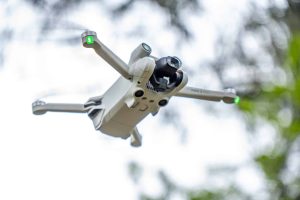
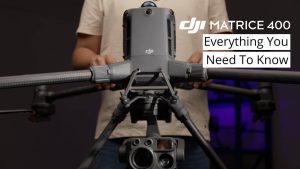

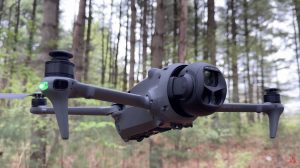
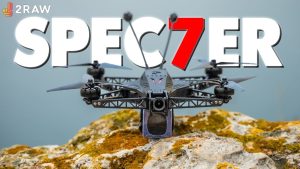

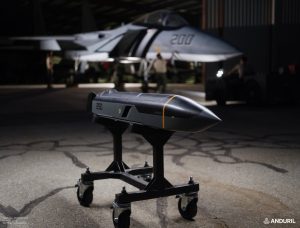
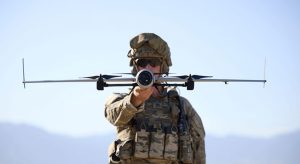
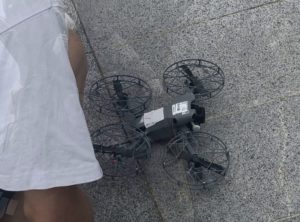
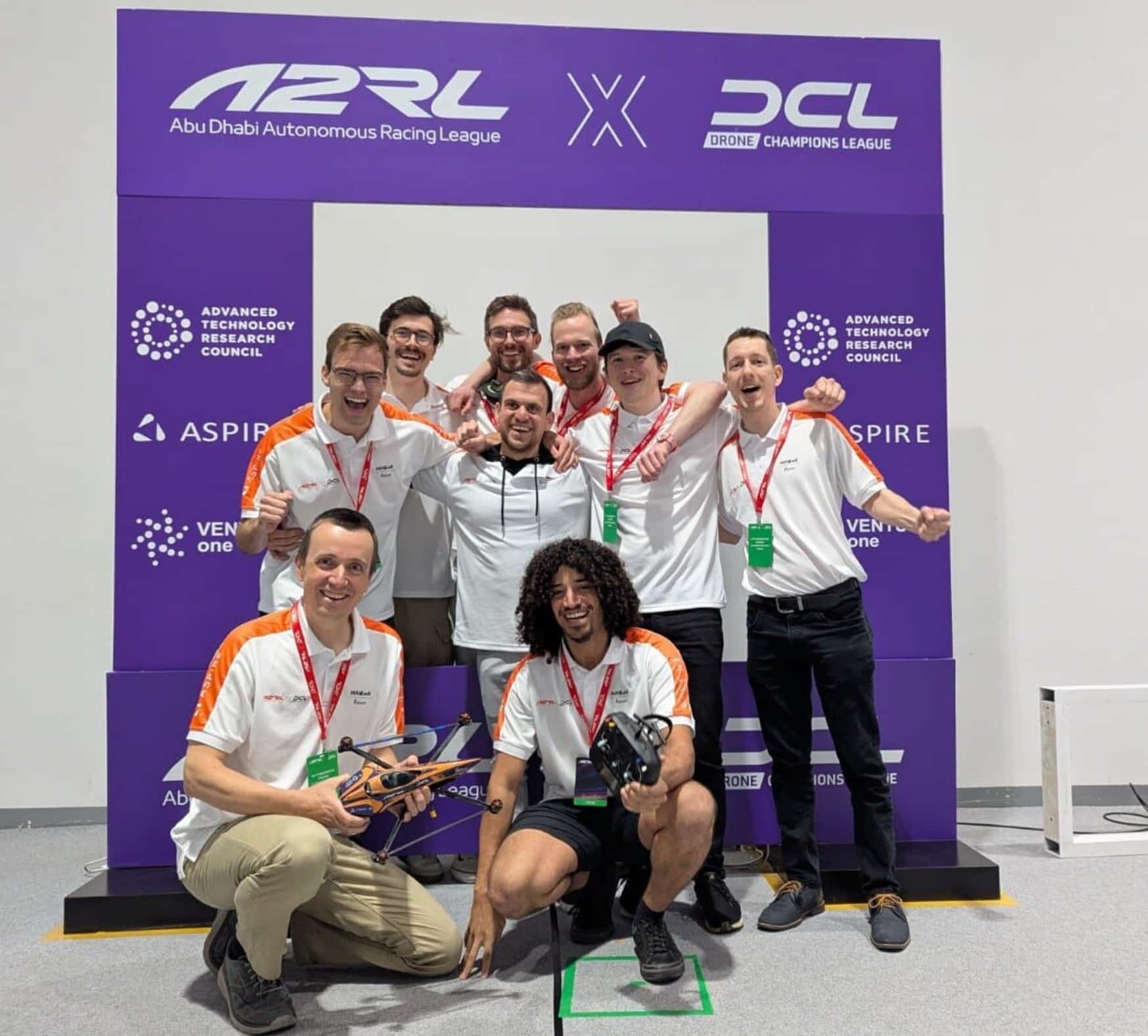
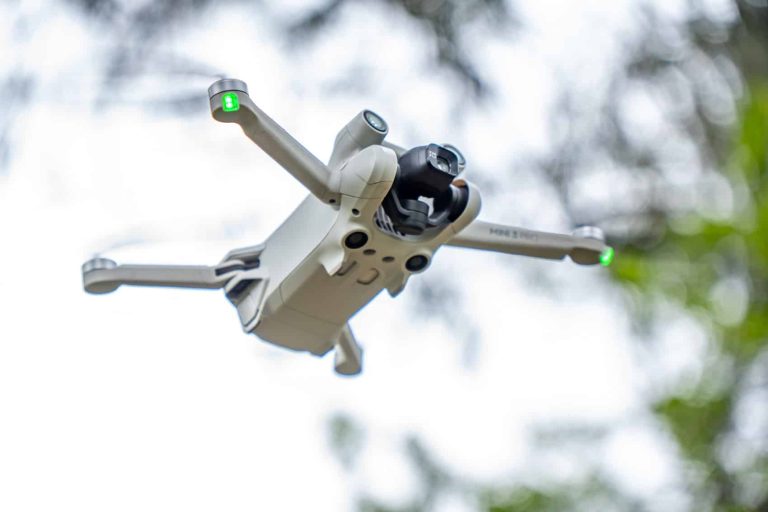
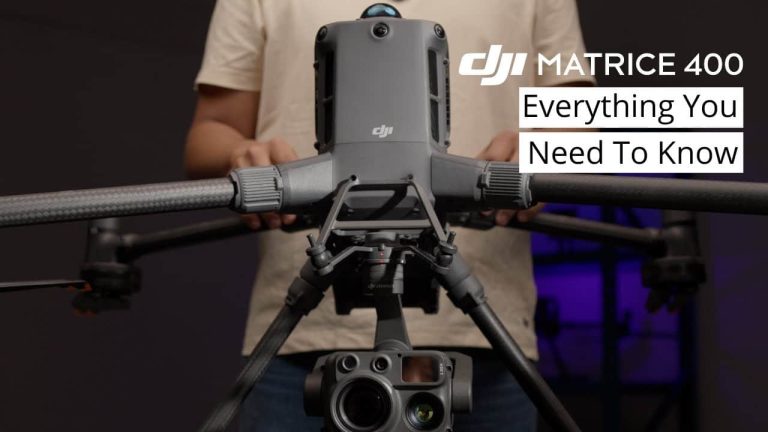

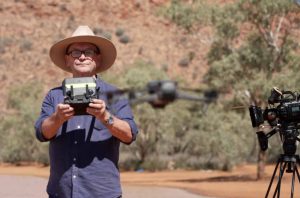
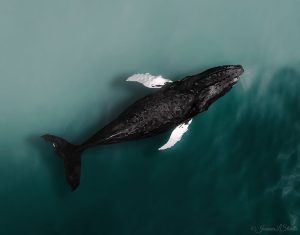
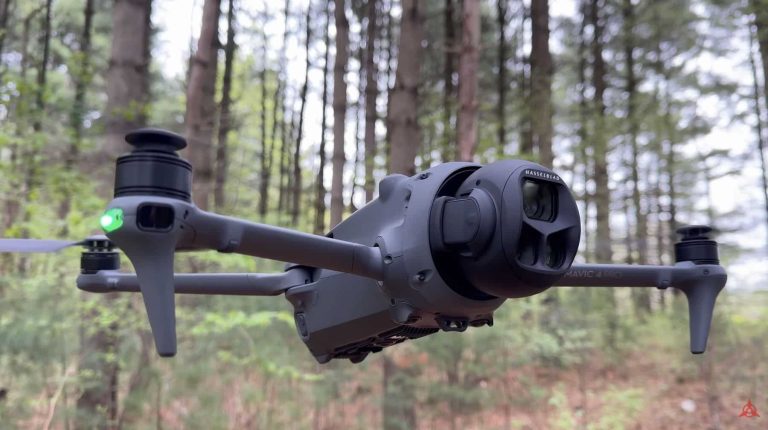
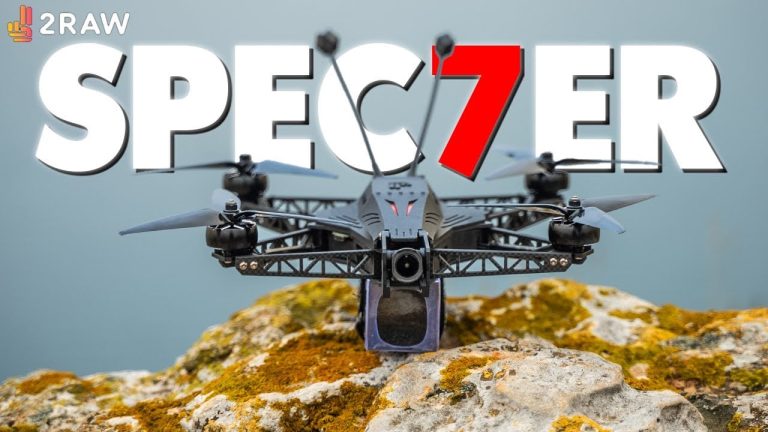

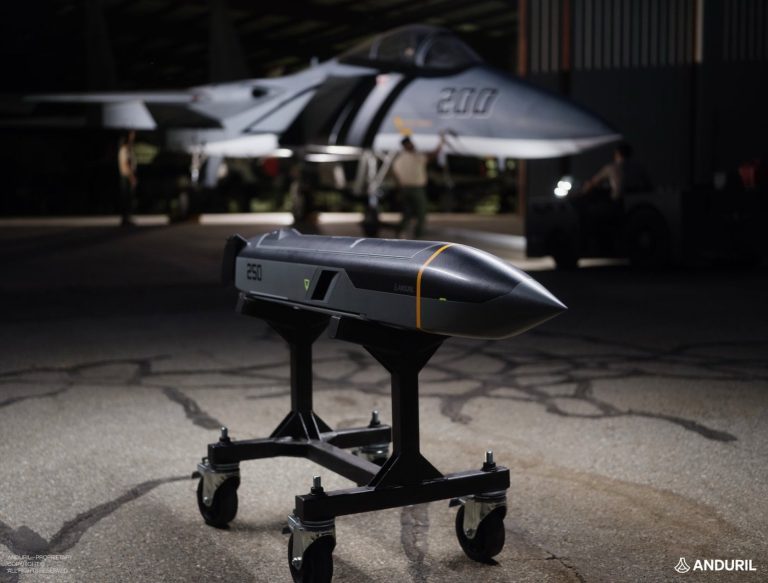
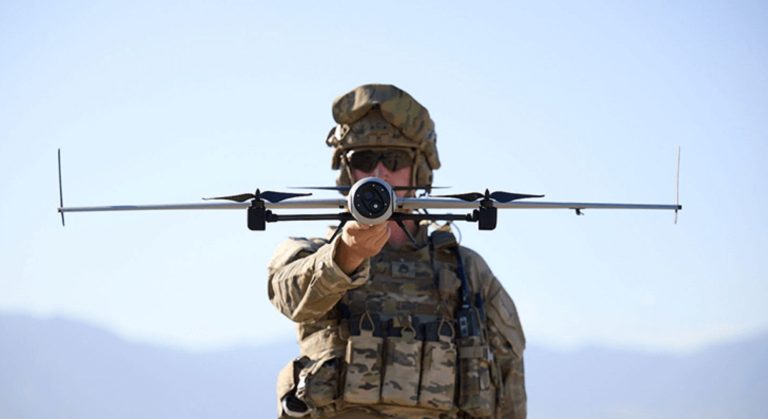
+ There are no comments
Add yours